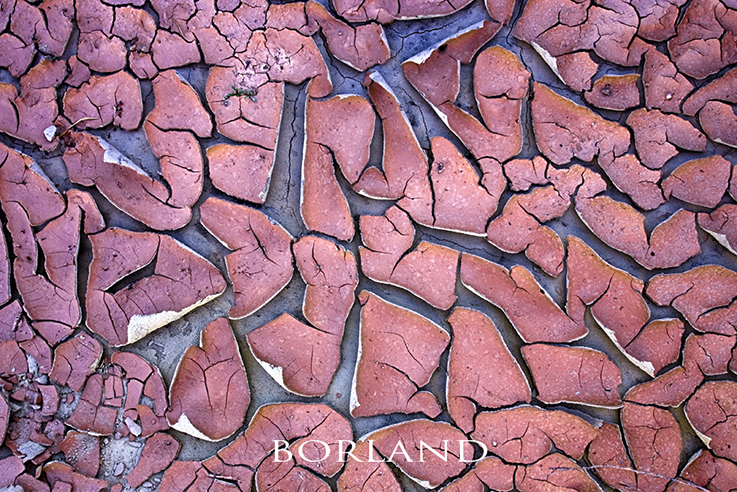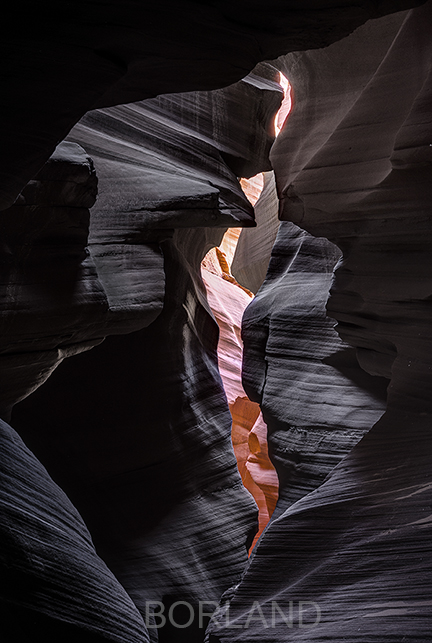This is a popular place to shoot for outdoor photographers and I was lucky to be here after a rain so I got some nice clouds and a great sunrise.
Nature…..my new best friend!
It is Mt. Shuksan WA and I shot with a Canon 5D and 28-70 mm lens.
This is one of the most amazing places I have ever shot! It’s part of Grand Staircase-Escalante NM, Utah.
The soft light is very flat lighting: no whites and no blacks, just light grays and dark grays, so you have to create the black and white. But do you need them?
Honestly, I struggled to find my ‘look.’ The original file has a blue cast from the blue sky above, so I worked that a bit: added blue/took away blue, saturated, added contrast, then took it all away. Today, I decided to do B&W and high contrast. Tomorrow, who knows.
I have told myself more than once that I am burned out on Grungy looking HDR and dont want to look at it let alone create it. But that appears to never be true since I continue to create a few HDR images from time to time. This is Death Valley at sunrise and it made for a great HDR and it is not to grungy, at least by my definition of grungy. Which is hyper color and lotsa noise and halos on the edges.
Fortunately for those of us using HDR software, you can create images that look perfectly normal and even push them a little without hyper color and noise and halos. That was my goal here. Add substantial drama. The ground here is not dark like this but rather very light salt pan. The clouds weren’t that dark either, but HDR is famous for making them look threatening.
So carefully moving the settings added a lot of drama here while avoiding over-done color and noise and other HDR issues that can arise. It is almost like a negative effect, and I am happy with it.
I love to photograph Cracked Mud like this. I might even be obsessed! The patterns and textures and details are very fascinating and I think it makes great subjects for the camera. I even wrote an article once for Pro Nature Photographer on The Art of Photographing Mud.
There is so much of it around in the outdoors where it was wet and is now dry. I am not a cracked mud expert, but I have noticed as I shoot these details that the mud dries differently and cracks differently, so there is something in the geological makeup of each sediment that I guess contributes to how it dries. Any mud experts out there? 🙂
 Having spent most of the winter wandering around the deserts of the USA Southwest, I have shot a lot drying mud and its cracks. This image was from a slot canyon in Utah. What makes this cracked mud different is the layer is thin so it curled up. And…this was cool for the photo: the topside was Red, from the red sandstone I am sure, and the underside was white’ish.
Having spent most of the winter wandering around the deserts of the USA Southwest, I have shot a lot drying mud and its cracks. This image was from a slot canyon in Utah. What makes this cracked mud different is the layer is thin so it curled up. And…this was cool for the photo: the topside was Red, from the red sandstone I am sure, and the underside was white’ish.
I am without a doubt, the luckiest person in the world…next to you of course! To be able to spend so much time outdoors in amazing places like this one here from Northern Arizona, would make anyone feel like the luckiest person in the world.
To trek out here and find such amazing geology and then have a camera and tripod in hand allows me to record and relive this forever. My presence in this landscape takes my creative ‘self’ to a higher level of awareness. My adrenaline kicks in. It is so exciting! Is that what being ‘high on life is?’ If so, I am an addict!
I was excited about the leading lines and textures and shot it with a 5D and 16-35mm lens. Little processing was needed.
This was an amazing location: Canyon X in Arizona. This location is on provate property and requires a giude and a group of us hired one.
I think this slot canyon is deeper than Antelope Canyon, but I am not sure. It seemed much darker and that could be due to different geological formations, but again, I am not sure.
It was tough to process and it went very blue at the bottom and warm at the top, so I added a B&W adjustment layer and dialed some color out and painted back in the warm colored slit. 